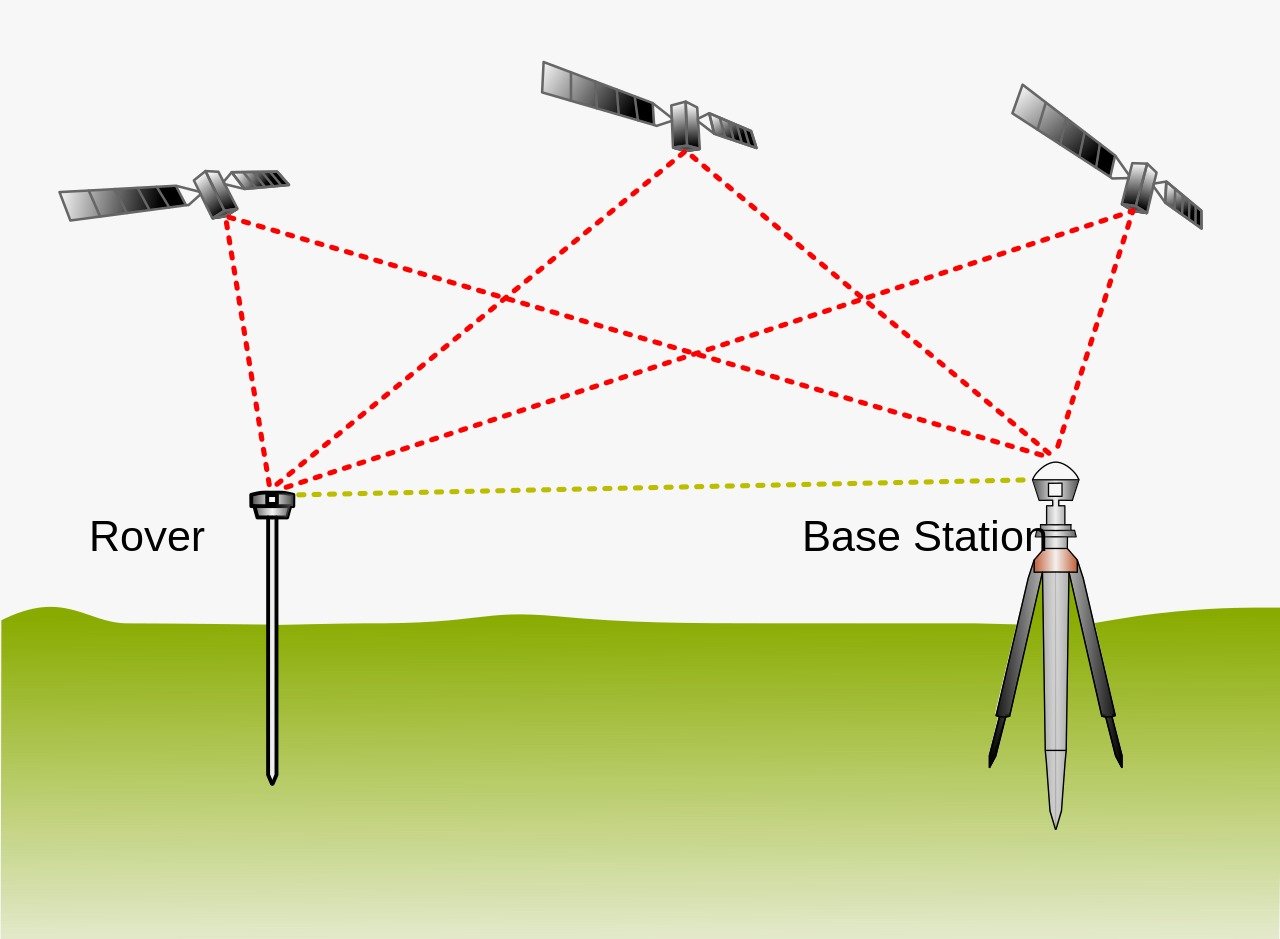The Indispensable Need for RTK GNSS in the 21st Century
Welcome to the latest edition of MGS News! In this article, we delve into the vital role of Real-Time Kinematic Global Navigation Satellite Systems (RTK GNSS) in the 21st century. As technology continues to advance at an unprecedented pace, the need for precise and reliable positioning information becomes increasingly crucial. RTK GNSS emerges as a game-changing technology, revolutionizing various industries and enabling applications that demand high-accuracy location data. Join us as we explore the immense significance of RTK GNSS and its impact on the modern world.
Understanding RTK GNSS
Real Time Kinematics, or RTK for short, is a special technique for satellite positioning that can produce accurate results to the centimeter, making it an invaluable tool for surveyors around the world. The method involves measuring satellite data against a ground station for precise, real-time information.
RTK GNSS is a cutting-edge positioning technology that employs global navigation satellite systems to provide real-time, centimeter-level accuracy for precise positioning applications. Unlike traditional GNSS receivers, which offer only meter-level accuracy, RTK GNSS uses carrier phase measurements to mitigate errors caused by atmospheric disturbances and other factors. By employing a reference station and a roving receiver, RTK GNSS achieves superior accuracy by resolving these errors in real-time, enabling sub-decimeter level positioning.




